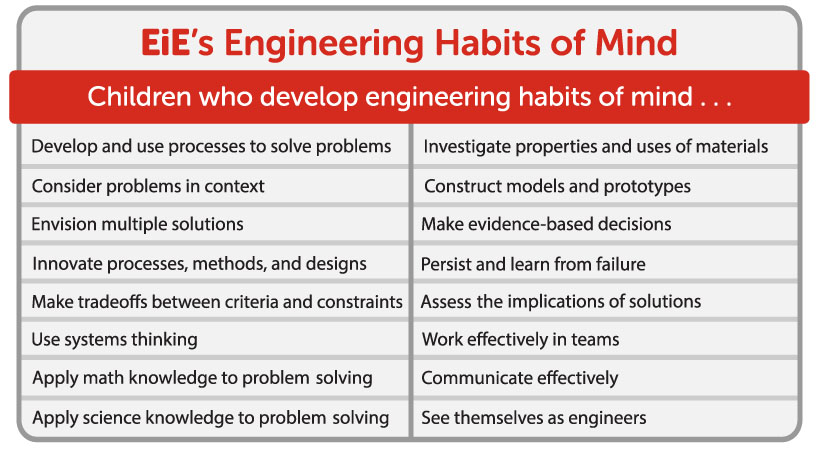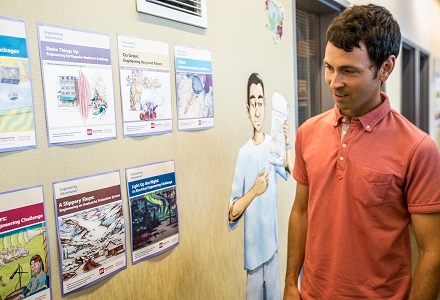EiE storybook characters are diverse by design. There are 20 different protagonists, all from different backgrounds, races, family situations, and abilities, and it’s for one good reason: students feel inspired when they read stories about someone they can identify with.
This intentional diversity was a plus for Claudine Conover, a PreK-5 science teacher at a small school in the Bronx, as she searched for STEM lessons that would resonate with her students.













